Since passenger demand has fallen off a cliff for the airline industry, it is time to get creative. That is exactly what Alaska Airlines is doing by flying more air freight using passenger aircraft.
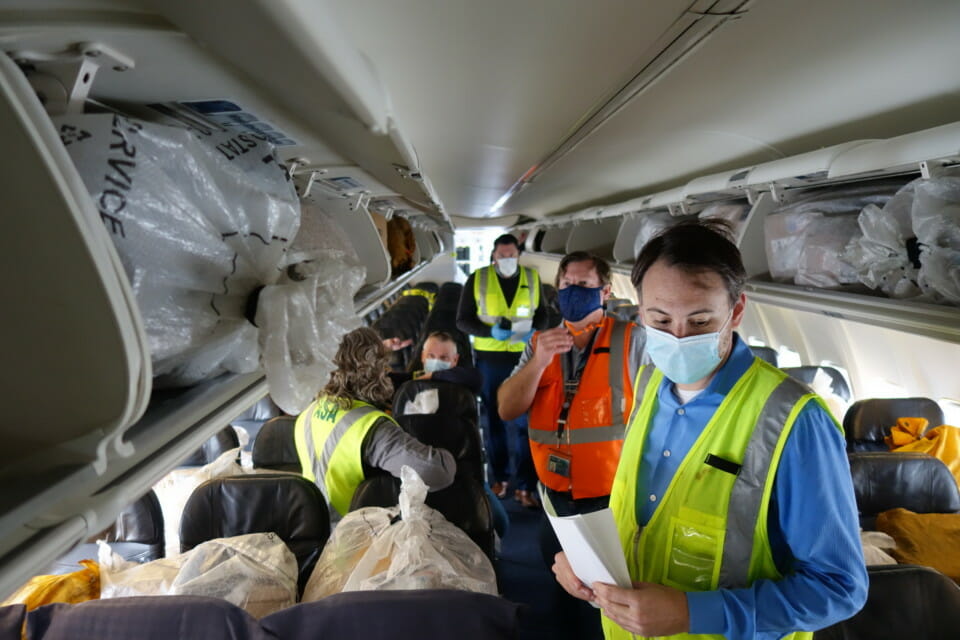
Right Now, Cargo Is King
Most airlines have an air freight division to supplement their passenger revenues. Alaska Airlines is unique because they took three Boeing 737-700 aircraft from passenger service and had them converted to dedicated freighters. These conversions included installing a stronger floor with tie-downs for rolling airfreight containers and adding a freight door aft of the forward boarding door. The aircraft was converted over 19 months in Tel Aviv by Israel Aerospace Industries.
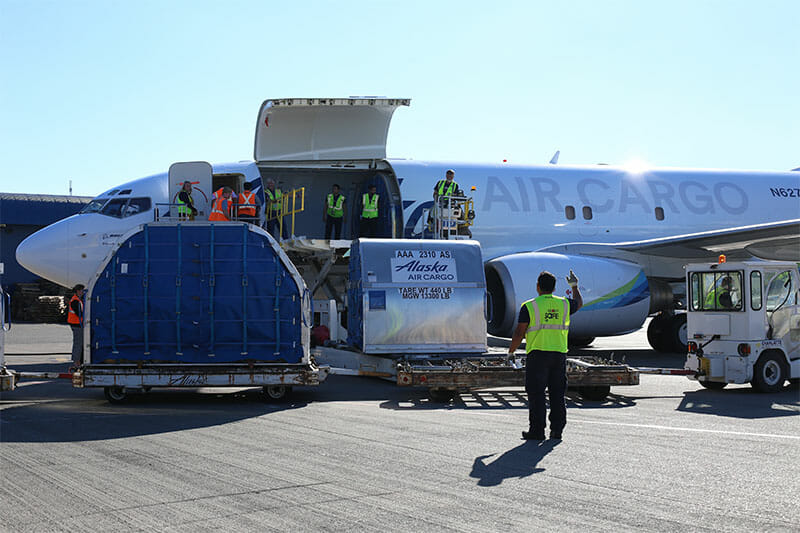
Alaska Air Cargo Begins Testing “Critical Cargo” Flights
Alaska will use freight-only flights using passenger aircraft to haul priority cargo along its route structure to supplement their dedicated freighter aircraft. These priority shipments would include:
- Mail,
- Medical Equipment,
- E-commerce packages and
- Food.
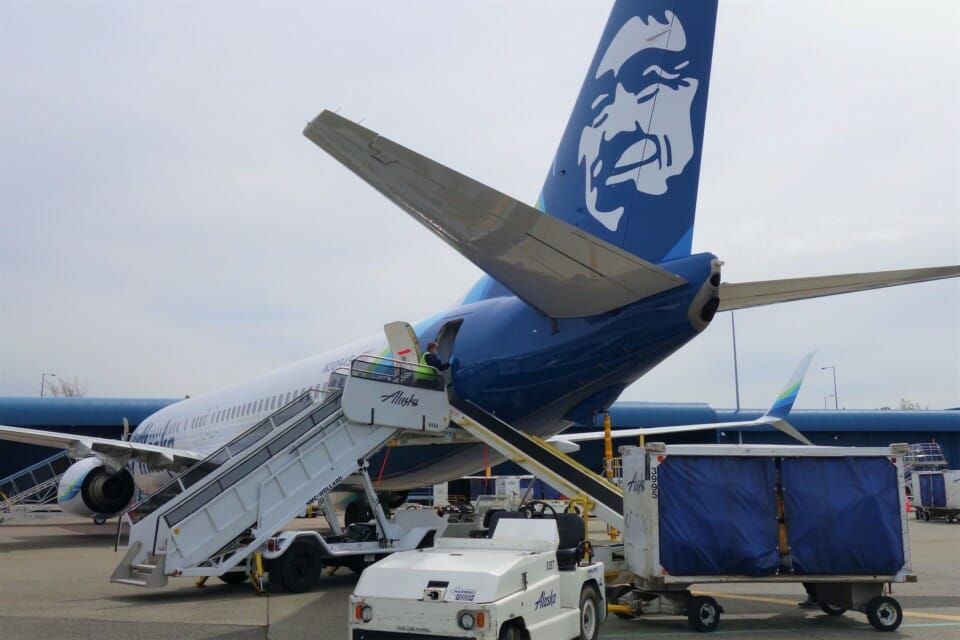
“We’re determined to help protect the resiliency of our nation’s supply chain by connecting critical cargo to the communities we serve during this public health crisis,” said Torque Zubeck, managing director of Alaska Air Cargo. “Our teams have been working tirelessly since March to identify the safest and most effective processes to increase our cargo capacity as quickly as possible.”
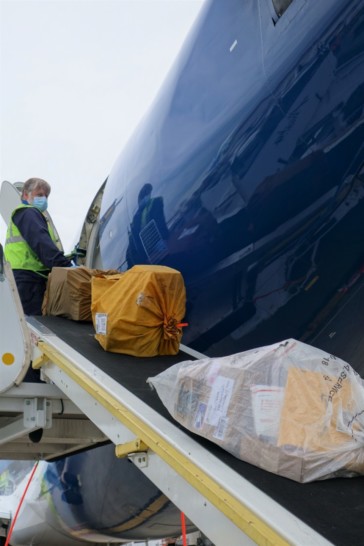
The test will involve flying six 737-900 passenger aircraft for all freight flights. In addition to cargo flying in the baggage bays, Alaska will place boxes, mail and other items on and under the passenger seats, in overhead bins and closets. The airline estimates that it can fly an additional 13,500 pounds in the passenger cabin bringing the total 737-900 air freight capacity to 30,000 pounds. One issue that I see is that the airline will have to demonstrate to the FAA that the seated cargo can remain in place without shifting during flight. When weight shifts in an airplane, it changes the center of balance which will make the pitch control (up and down aircraft direction) difficult.
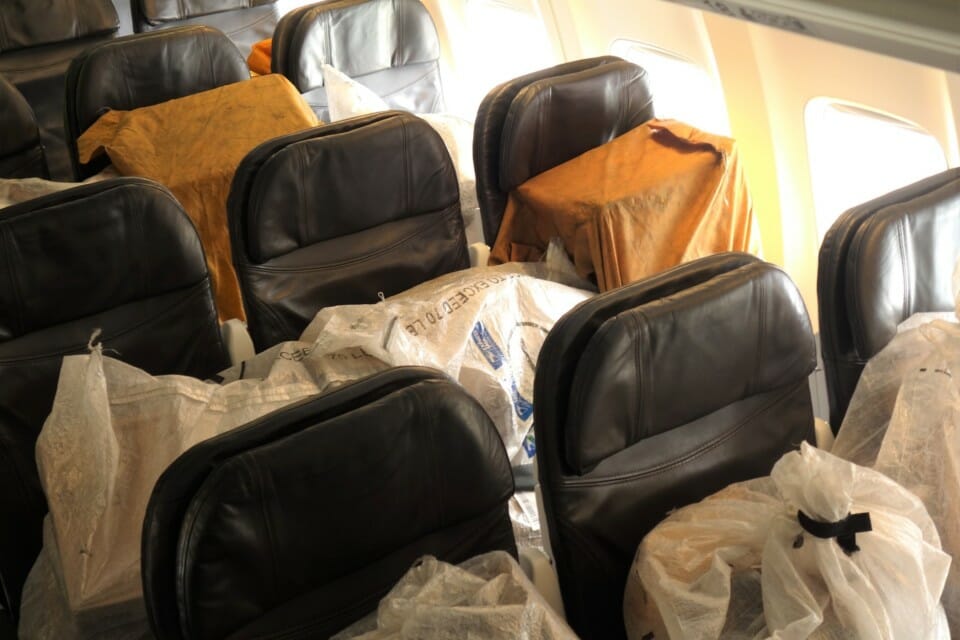
If the passenger-only aircraft testing proves successful to the FAA, Alaska would begin these cargo flights in May.
Alaska Airlines Cargo Fun Facts
Flying cargo is nothing new for Alaska Airlines. They basically got their start back in 1932 when Linious McGee started bush flying in Alaska using Stinson aircraft. The early days saw these aircraft flying passengers, furs and food to and from remote locations in Alaska. Two years later, McGee merged with Star Air Service to become Alaska Star. That is why the airline code for Alaska Airlines is “AS”.
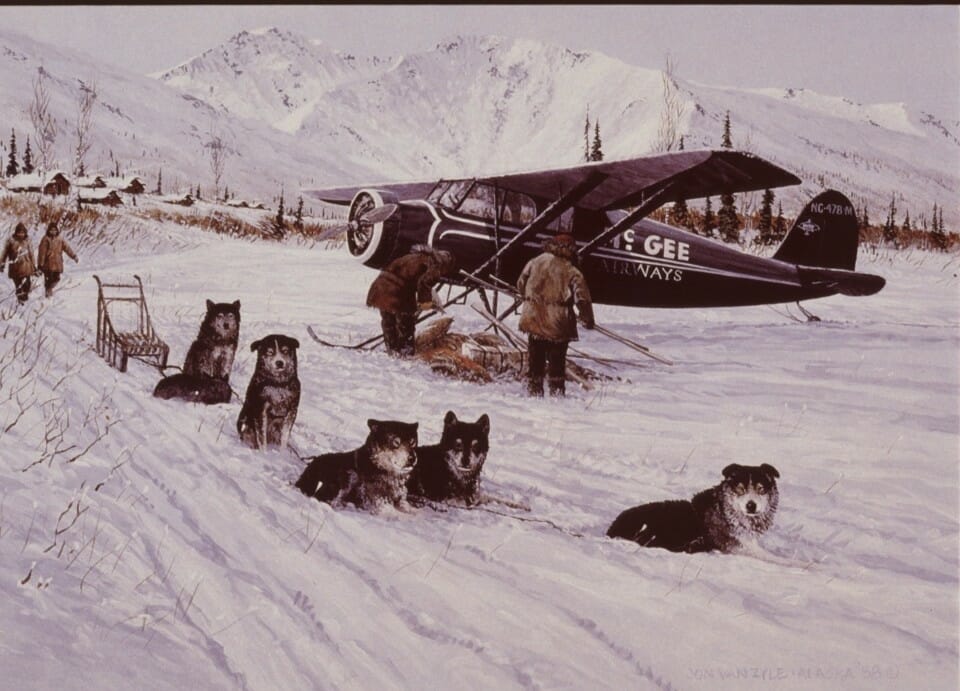
Alaska Air Cargo Facts
- Cargo freighters: 3 Boeing 737-700s
- Passenger-to-cargo planes: 6 Boeing 737-900s
- Cargo flown annually: 200 million+ pounds
- Seafood flown: 30 million+ pounds per year
- Destinations in Alaska we serve: 19 stations, only three connected by road
- Around 60% of our cargo business touches the state of Alaska in some way
- Total destinations served in 2019: 100+
- Freighter-only flights flown in 2019: 5,487
Final Thoughts
Passenger traffic has fallen off by an industry average of 90% due to social distancing and travel restrictions. No one knows how long this will continue to go on. Airlines are going to have to be more creative to keep aircraft from being parked. Alaska Airlines is trying something new to keep an additional Boeing 737-900 aircraft in the skies.
